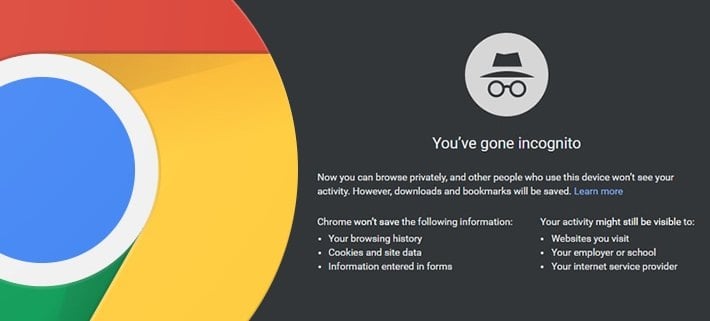What Chrome’s Incognito changes mean to the metered paywall vs. freemium debate
For years now, media companies using metered paywalls have played a cat-and-mouse game with the users of their sites. Today (July 30), the latest round of that game promises to get more difficult.
For a certain segment of visitors to metered paywalled sites, the aim has always been to find a way to circumvent the paywall, continuing to get for free what others pay for. For the companies with paywalls in place, it’s been the opposite: to avoid allowing that opportunity.
But today, Google releases the newest iteration of its Chrome browser. As most industry insiders already know, Chrome 76 promises to put an end to the ability to detect Chrome’s incognito mode.
It’s something Piano and our customers — like everyone in the field — have been watching closely. But while many see it as a crisis, for Piano it’s just one signal in a larger trend and something we’ve been anticipating.
After all, in a business that relies on building a direct relationship with your audience, you can’t win by fighting your users. Nor can you get far by going against the way the Web was meant to work.
Defying the way the Web works
On the Web, if you’re not logged in, you’re anonymous. And therefore, incognito and private browsing modes are hardly the only ways users have found to circumvent metered paywalls. Those who aren’t using it might just as easily launch another browser or move between their phone and desktop to avoid paying. Nor is it the first instance of technology being undermined because it goes against the inherent way the Web was meant to work.
You only have to look as far back as browser fingerprinting for an example. By examining what fonts and plug-ins users have installed at the browser level, fingerprinting determines if your device in that geography is unique. Theoretically, that lets a publisher track you even if you clear your cookies. Then the iPhone was introduced, which has no special plug-ins or fonts, and suddenly every device seemed the same and browser fingerprinting became obsolete.
If you design around loopholes or workarounds, they’ll eventually be fixed. That’s the way technology works. This is why the best results happen when the Web is used the way it was meant to be used.
So, in the case of metered paywalls, what’s the alternative?
Moving from client-side to server-side access control
To understand where the problems with metered paywalls lie — and what the other options are — it’s important to understand how they work. The most common approach allows a browser to load a page — the full content of an article, for example — and then overlays it with a paywall message, blocking the user from reading. It relies on JavaScript in the browser to handle the overlay and cookies to track how many pageviews the reader has consumed.
But that simple approach — which basically puts a mask over your content — is easily circumvented with little technical sophistication.
Rather than simply putting a mask over content and hoping users won’t find a way to turn it off, proper access control requires you not send the content to the browser in the first place unless that user is already authenticated as a paying customer. After all, if you don’t want people to see your content, you should keep it locked up.
A freemium model opens up that more sophisticated approach of protecting content at the server, meaning everyone has to pay if they want access. And it works. Piano has customers with both metered and freemium models in place, and while only 14% use freemium, those sites tend to punch above their weight class. Even when we remove top-performing outlier data, our freemium clients represent 36% of active subscriptions, or more than 2.5 times their share.
Why try to find a way to circumvent the way the Web was designed to work when you can create a product your users will embrace that uses technology in the way it was meant to be used?
The freemium advantage
Those technical advantages are just the start. Companies implementing a freemium model will also spend more time and effort in the early stages, determining exactly what they’re selling. They’ll get to know their users to understand the value they hope to find in their content. This means they’ll work with them instead of fighting against them.
When you do all that work at the onset, you end up with a better understanding of exactly what defines your product and differentiates it from the competition. You also better understand why your specific audience would want to pay. A freemium model offers a quicker view into when and where a product is under-performing, letting media companies modify their positioning, product, or price accordingly.
To facilitate that, companies can test and optimise their subscription strategy, introduce promotions and offers, and build on and improve their customer journey flows. Those actions will ultimately drive a digital subscription strategy forward.
Media companies on the open Web are moving toward a less anonymous model to match the always-logged-in status that Google and Facebook now enjoy. That’s good for publishers and good for users because it puts both parties in better control of their relationship and the value exchange around content, data, and money.
The disappearance of the ability to skirt incognito mode is just the latest development in that evolution.
Copyright source acknowledged: article by Trevor Kaufman of inma.org



